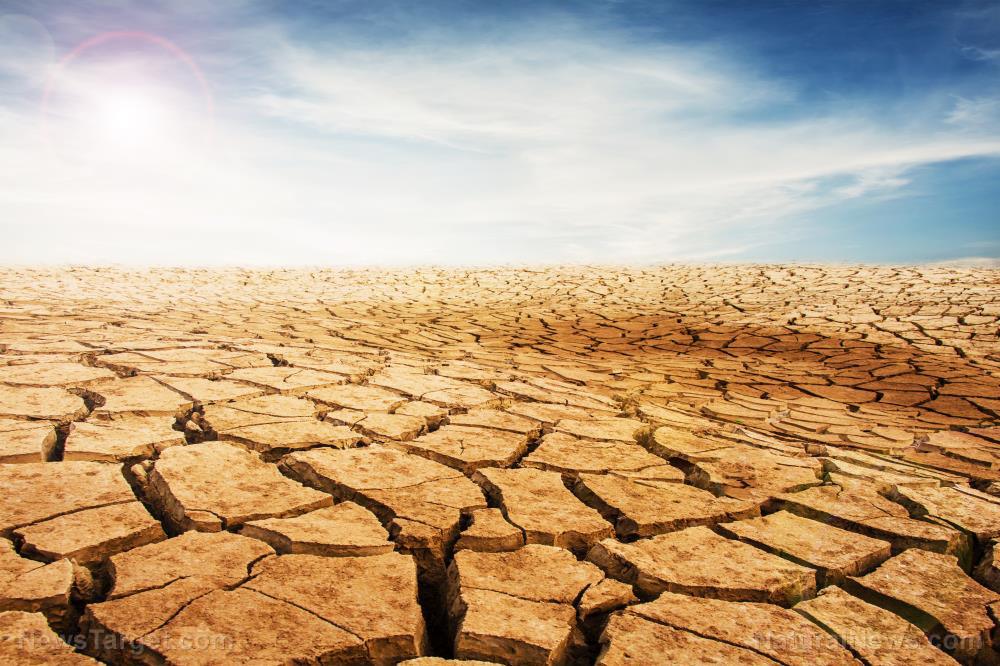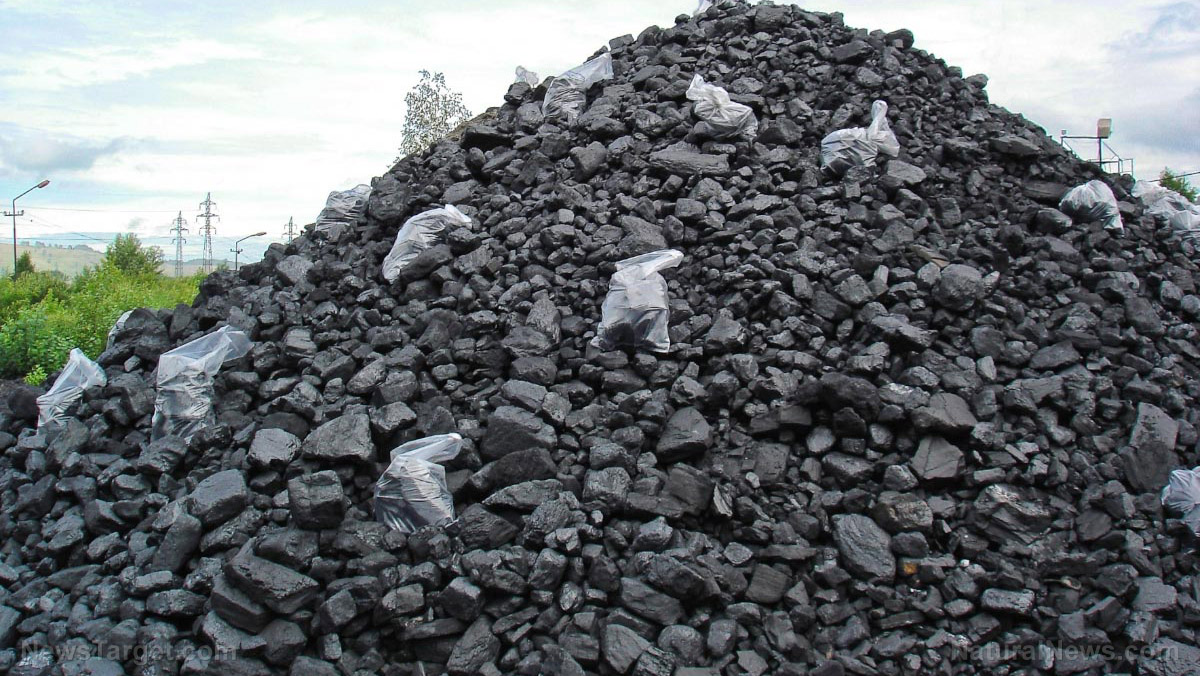 Parler
Parler Gab
Gab
Brazil’s energy grid in danger
Meanwhile, at Itaipu, the second biggest dam in electricity production in the world, Superintendent of Operations Hugo Zarate said it’s been a quarter of a century since such little energy was produced there, with the drought only worsening and water flow continuing to decline. Water flow has been down by more than 30 percent since 2019 at the dam, whose revenue is expected to drop 40 percent this year. This is impacting the energy grid in Brazil, which gets around 11 percent of its power from Itaipu. The dam is run jointly by Paraguay and Brazil. Brazilian President Jair Bolsonaro has asked citizens to avoid elevators and find other ways to cut down on power use, while Vice President Hamilton Mourao has warned that energy rationing could occur thanks to the drought. Deforestation in the Amazon is said to be contributing to the problem by leading to a hotter and drier growing season due to lower rainfall.Drought unlikely to end any time soon
The droughts are being followed by spells of cold weather with temperatures low enough to devastate crops. Some farmers have reported yield drops of 60 percent per acre for corn and wheat compared to 2018, while the prices of fertilizers and gasoline are climbing thanks to the challenges of importing them on rivers that are now too shallow to safely navigate. It is also impacting fishermen, with the low water levels causing a lack of oxygen that is inhospitable to fish. One fisherman said that a week of fishing normally yields around 20 or 30 kilos; a recent extended fishing trip, however, yielded just one 2.5-kilo salmon. A Paraguayan scientist, Dr. Norman Breuer, said that more drought conditions are expected for this year thanks to the La Niña weather phenomenon. While that may not mean there will be no rain at all, it will likely continue to be significantly less than the historic median. Sources for this article include: WSJ.com BBC.comThe end of meat? Dutch “green” policies force dairy farmer to cull 95% of his herd
By Ethan Huff // Share
Americans lining up outside food banks as record inflation continues
By Belle Carter // Share
Governments continue to obscure COVID-19 vaccine data amid rising concerns over excess deaths
By patricklewis // Share
Tech giant Microsoft backs EXTINCTION with its support of carbon capture programs
By ramontomeydw // Share
Germany to resume arms exports to Israel despite repeated ceasefire violations
By isabelle // Share










